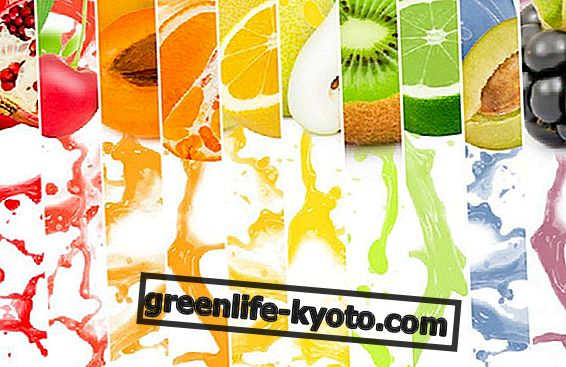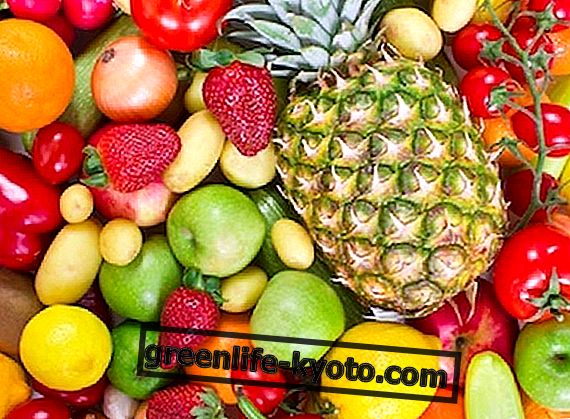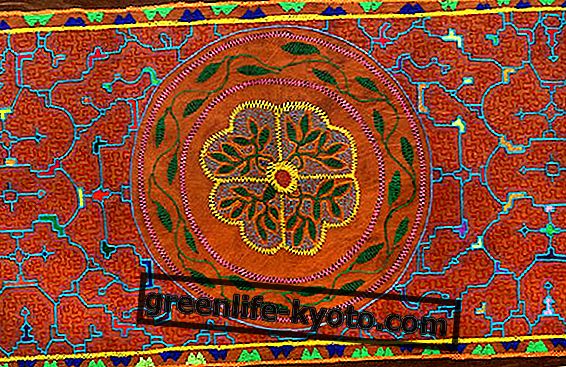
5 a day, this is the formula taught in English schools.
5 per day are the portions of fruit and vegetables to be consumed to stay healthy and prevent diseases of various kinds.
In addition to the United Kingdom, other European nations are also adopting the habit of indicating on food packaging whether or not they are included in the "5 a day" count, in order to better control and balance their food already during the purchase.
Over the years, studies on food, their properties and health effects have increased significantly. Juggling various manuals, guides, books and scientific articles is often tiring, but there is an easy way to contribute to health through a healthier diet: choosing based on colors.
Fruits and vegetables do well, but not all fruits and vegetables have the same health properties . So instead of remembering strange names, the quantities and where they are found in foods, a simple trick is to look at the colors of fruits and vegetables.
Choosing at least 5 different colored vegetables every day is a step towards better health.
1. Shades of violet and blue of fruit
To give pigment to these fruits are anthocyanins . Anthocyanins have documented anti-aging effects, are antioxidants, and have a protective action on the vascular system.
Black grapes, blueberries, cherries and plums, red oranges and blackberries are rich in anthocyanins.
2. Shades of fruit red
To give the shade of red to the fruit is lycopene . Lycopene has antioxidant properties associated with a reduction in some forms of cancer, decreases the risk of cardiovascular diseases, protects the skin and prevents degenerative neurological diseases.
The fruit that contains more lycopene is the red one: watermelon, cherries, red oranges, pomegranate, pink grapefruit, apricots, strawberries and papaya.
3. Shades of yellow fruit
Like red fruit, yellow pigmented fruit is also rich in carotenoids . Particularly when the fruit turns more towards yellow, it is in the majority presence of vitamin A.
Vitamin A contributes to the health of bones, skin, vision and tissues, and is also useful against aging. The fruit that contains the most is the yellow-orange fruit: netted melons, yellow peaches, oranges, mandarins, apricots, bananas.
4. Shades of green fruit
Chlorophyll and folate are the green color of fruit and vegetables. Chlorophyll is a powerful anti-age agent while folic acid contributes directly to the synthesis of nucleic acids, cell growth and the proper functioning of the nervous system.
This category includes kiwis, avocados, white grapes and green apples (eaten with the skin).
5. Shades of white fruit
White characterizes foods rich in quercitin . Quercitin protects from premature aging, fights free radicals responsible for cellular wasting, protects the cardiovascular system and reduces inflammatory states.
The fruits like the apple are rich in quercitin, especially in the pulp, the yellow melon, the banana, the pears, the white grapes.












